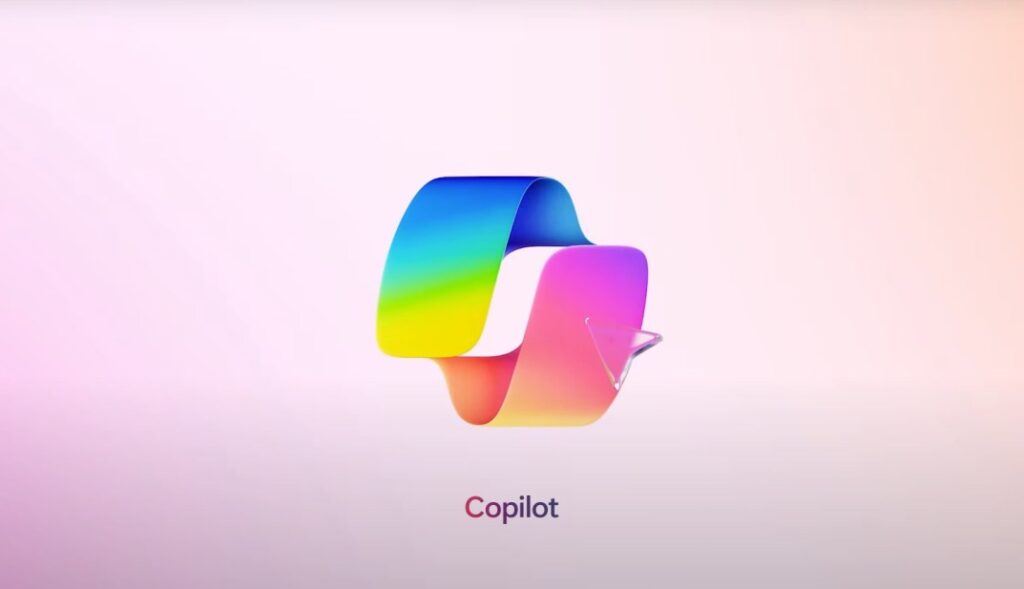What You’ll Learn About AI Agents, GRAX, and Azure
Unlock the power of AI-powered agents with GRAX and Azure in this introductory guide. We previously published a post on leveraging Salesforce Agentforce and GRAX on AWS, but the same capability is available to customers on Azure, copilot, or even a homegrown stack running on Azure. This blog post explores how using agents can change how you manage and analyze data.
Whether you’re new to agents or not, this guide will help you improve your cloud operations. We’ll show you how to use agents to streamline your workflows, and we’ll have more posts soon that go into more detail about specific uses and how to put them in place.

How GRAX and Azure Work Together for Better AI
GRAX facilitates Salesforce data collection that runs on Azure, and your data is accessible through Synapse Analytics and serverless SQL. This means Salesforce customers can easily leverage GRAX and all data stored for traditional business intelligence (BI), analytics, and machine learning. They can also use the GRAX to power LLM systems. The rich historical data set GRAX provides allows for the development of natural language queries through the LLM as well as targeted information for more complex use cases.
Why Use an AI Agent?
Agents can automate and streamline the process of gathering information, performing calculations, and querying data sources. This can save Salesforce users significant time and effort, especially when dealing with complex or repetitive tasks. By using an AI agent, you can focus on more critical aspects of your work while the agent handles the tedious and time-consuming tasks. By using GRAX your users will have access to more information than they would using Salesforce’s single snapshot alone. They will have access to all of their historical data, and are able to analyze trends and patterns in a way not possible before.
Unleashing Data Insights through Historical Data
By integrating with tools that can query historical data, your agent can provide insights and answers based on past information. This can be particularly valuable for:
- Data Analysis Process: Data Analysts can quickly retrieve and analyze historical data to identify trends and patterns. For example, businesses can use historical sales data to forecast future sales and make informed inventory decisions.
- Research: Access and compile information from various structured data and unstructured data sources to support research projects. Researchers can gather historical data from multiple databases to support their hypotheses and findings.
- Decision Making: Use historical data to inform and support business decisions. Historical performance data can help businesses understand what strategies worked in the past and guide how the business operates in the future.
Ready to unlock your data’s full potential?
With GRAX, you can get more value from your historical data for AI. Spot trends, make informed decisions, and take the guesswork out.
How To Create Tools for AI Agents
Under the covers, the way this all works is that the large language models (LLM) have been trained with the concept of calling a “tool”. A tool is a piece of software that takes an input, does something, and returns an output. That something can be as simple as a math equation or as complex as calling a workflow or agent of its own. Typically tools are broken down by their function, so for example, if you wanted an agent to help a photography business, you might have tools for it to check the weather, lookup websites, or perhaps even conduct an image search to look for good locations from previous shoots.
Using agents with GRAX necessitates creating a tool for the LLM to call that understands the GRAX as well as the types of data that can be retrieved. Since we’re talking about Azure, we already have secure private LLM endpoints as part of the Azure OpenAI Service. This allows you to call best in class endpoints within your secure cloud.
How the Agent Works
The agent operates by processing user inputs and determining the appropriate tools to use for generating responses. It follows a structured workflow to ensure accurate and relevant results:
- Receive Input: The agent receives a query or request from the user.
- Process Input: The agent processes the input and determines which tools to use.
- Generate Response: The agent uses the selected tools to gather information and generate a response.
- Provide Output: The agent returns the response to the user, including any relevant citations or data.

AI Agent Use Cases
Our customers are already deriving value from GRAX as well as building their stack on top of Azure. Some of the use cases we’ve seen and helped with are the following:
- Understanding historical trends and predicting future behavior
- Examining customer interactions and determining the customer and case sentiment
- Predicting lead quality and opportunity close rates
- Performing lead and case scoring
Future Proof Your Business with AI, GRAX, and Azure
Agents that leverage Azure and GRAX are powerful tools that can streamline your information gathering and processing. Whether you’re conducting research, analyzing data, or making informed decisions, these agents offer valuable support and insights, automating routine tasks and allowing you to focus on more critical aspects of your work, ultimately boosting productivity and effectiveness.
See it in action!
With GRAX, you can get more value from your historical data for AI. Spot trends, make informed decisions, and take the guesswork out.
Frequently Asked Questions
What are AI agents, and how do they work with Salesforce data?
AI agents are programs designed to be interacted with by the user to answer questions. By leveraging tools they can read and interact with your Salesforce data.
How does GRAX enable AI Agents like Salesforce Agentforce?
Grax enabled AI agents by providing access to all your Salesforce data in an easy to consume format.
Why is Agentforce better with GRAX?
By using GRAX, you can leverage your historical data to power Agentforce, not just current data.






